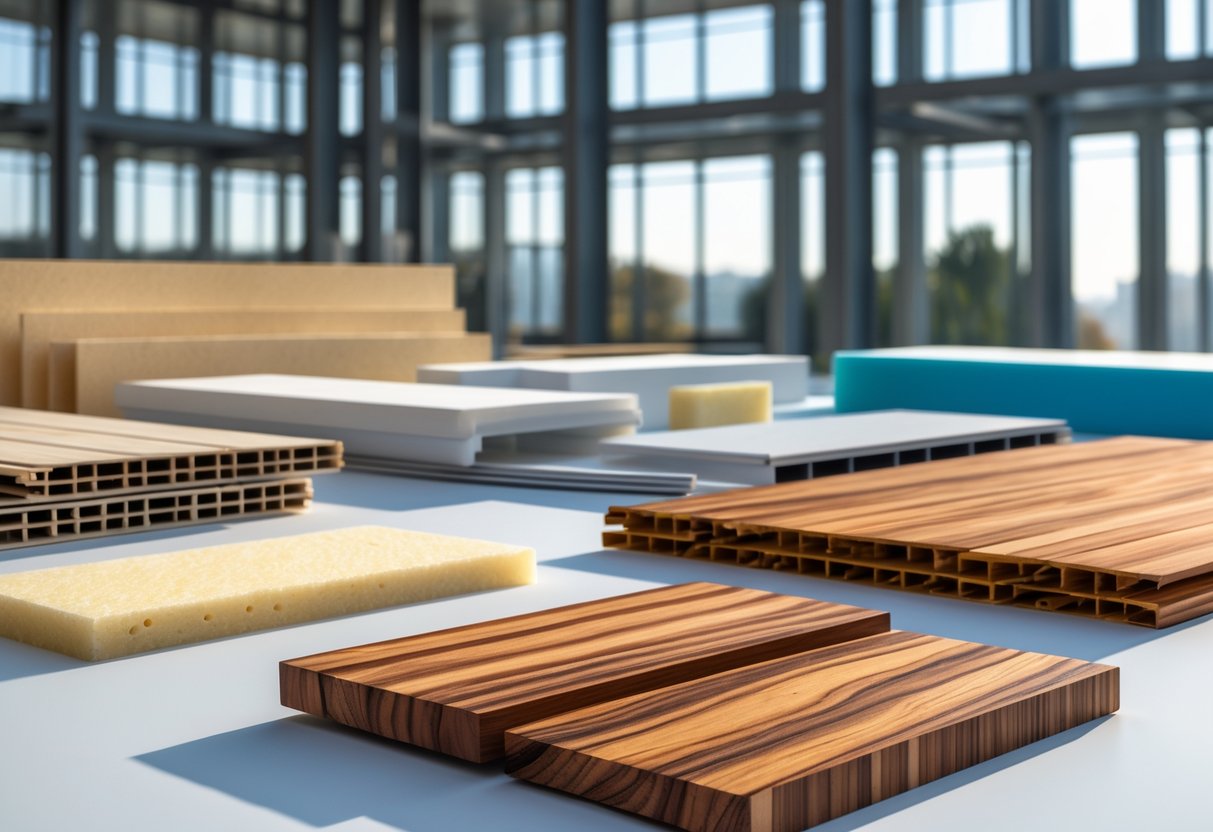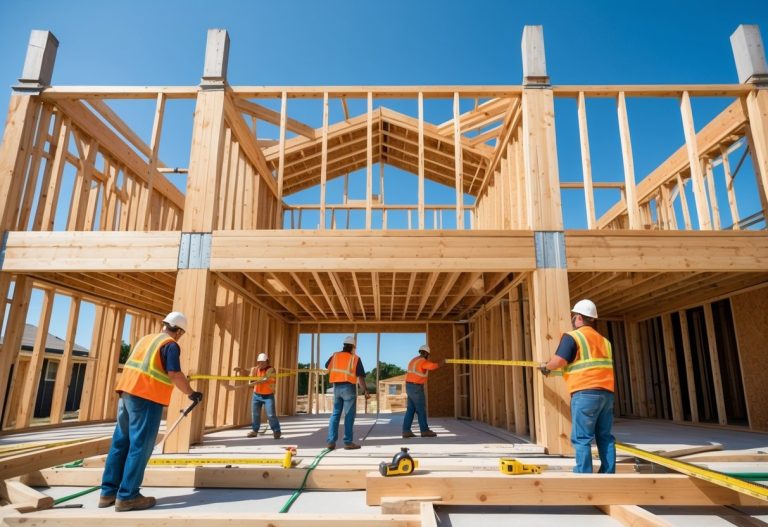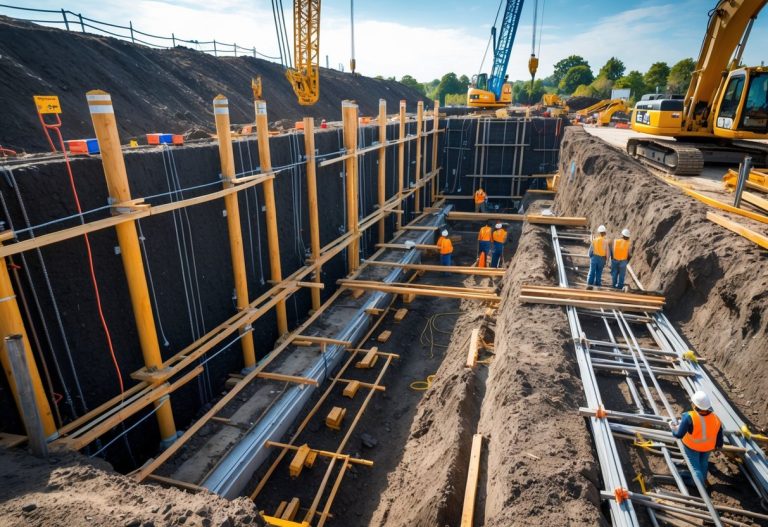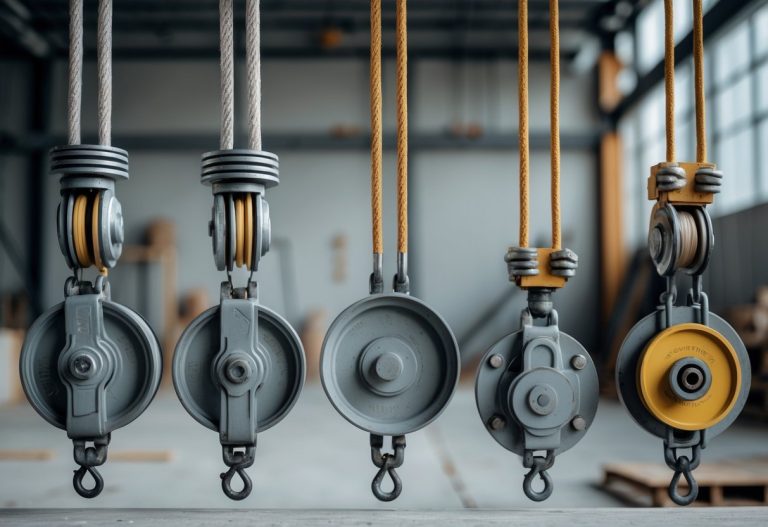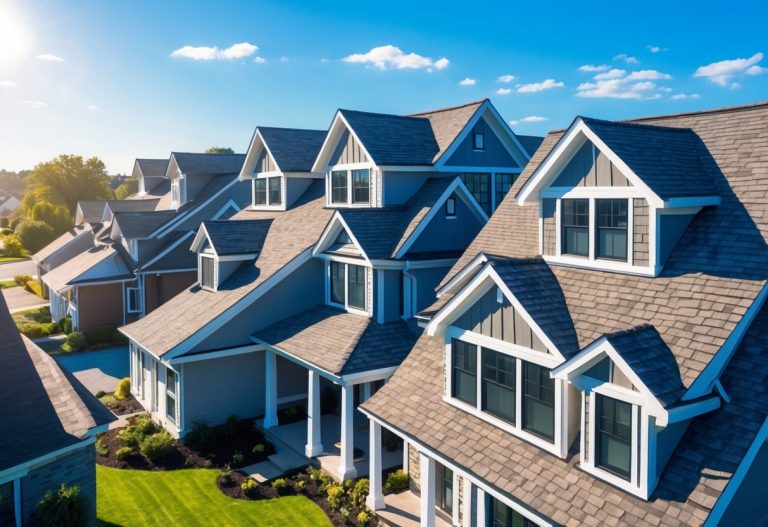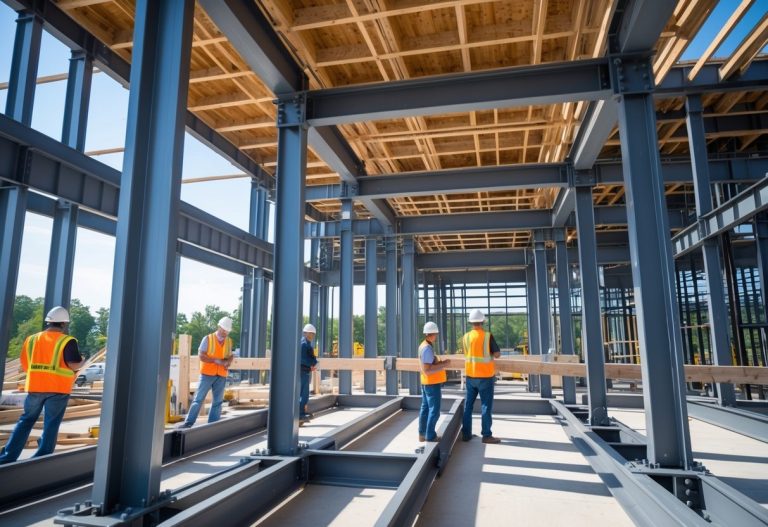When choosing wood for building, strength and weight matter a lot. The strongest types of wood for construction include hardwoods like ebony and Brazilian rosewood, but softwoods like pine, fir, and spruce are popular because they are lightweight, strong, and easier to work with. Knowing which wood fits your project helps you build something durable without making it too heavy.
Besides wood, modern construction uses other lightweight materials that can be even stronger than glass, like transparent wood. These materials give you the best of both worlds—strength and less weight—making your building projects more efficient and energy-friendly. You’ll find out what materials work best for different parts of your home as you keep reading.
The Strongest Types of Wood for Construction

You want wood that holds up well under pressure and lasts a long time. Strong woods offer stability, resistance to wear, and can support heavy loads. Different woods have unique strengths, so knowing their qualities helps you pick what fits your project best.
Attributes of High-Strength Wood Species
Strong wood usually has a high density and hardness. These qualities mean the wood resists dents, scratches, and bending. Woods with tight grain and few knots tend to be stronger.
Some woods also resist moisture and decay, which is important if your building faces weather. Strength isn’t just about how hard the wood is but also how well it handles stress and lasts over time.
Wood like ebony and rosewood are dense and very hard. On the other hand, woods like fir and cedar might be lighter but still strong enough for many uses.
Comparison of Popular Strong Woods
| Wood Type | Density (lb/ft³) | Hardness (Janka Scale) | Key Features |
|---|---|---|---|
| Ebony | 70+ | 3220 | Extremely hard, heavy, durable |
| Brazilian Rosewood | 65-70 | 2200 | Dense, strong grain, lasts long |
| Birch Plywood | Varies | 1260-1600 | Strong, stable, resists warping |
| Oak | 40-47 | 1290 | Hard, durable, common in floors |
| Fir | 28-34 | 870 | Lightweight, good strength-to-weight ratio |
This table shows that very hard woods like ebony are great for heavy supports. Birch plywood, made from many layers, combines strength and stability, making it good for structural panels.
Selecting the Right Wood for Modern Building Needs
Think about where your building will be and what loads the wood must carry. If you need heavy support, dense woods like oak or rosewood work well. For lighter framing, fir or cedar saves weight without losing strength.
Moisture conditions matter. Cedar handles wet areas better because it resists rot. If you’re building indoors, plywood like birch offers strength and stability.
Keep in mind cost and availability too. Hardwoods can be expensive and harder to find. Softwoods like fir are more common and affordable. Match the wood’s strength and other features to your project goals to make the best choice.
Lightweight Building Materials for Innovative Modern Construction

Choosing the right materials can save you money and energy while keeping structures strong and easy to work with. New materials offer unique benefits over traditional wood, and using lightweight options can improve building design, cost, and environmental impact.
Emerging Lightweight Alternatives to Traditional Wood
You might find materials like transparent wood and carbon fiber composites useful in your projects. Transparent wood is stronger and lighter than glass and helps regulate temperature better. Carbon fiber is very light—about 75% lighter than iron—and can add strength when combined with bricks or concrete.
Softwoods like pine and spruce are still popular because they balance strength with lightness, but these newer materials offer advantages where you need even less weight. These alternatives can be used in walls, beams, and panels, especially when you want to reduce the load on the foundation or create unique designs.
Benefits of Lightweight Materials in Architecture
Lightweight materials make your buildings easier and cheaper to construct. Since the materials weigh less, workers can handle them without heavy machinery. This speeds up the building process and lowers labor costs.
Your building will also benefit in the long run. Less weight means less stress on foundations and support structures, which can last longer and need less maintenance. Additionally, materials like transparent wood insulate better, helping you save energy on heating and cooling.
Sustainability and Cost Considerations
Many lightweight materials help reduce environmental impact. For example, some woods like pine come from fast-growing trees, which makes them renewable. Carbon fiber and transparent wood require less material overall due to their strength.
Cost-wise, newer materials can be more expensive upfront. However, you might save money over time because they reduce energy costs and maintenance. It’s worth comparing the price and benefits to find what fits your budget and project goals best.
| Material | Weight | Strength | Sustainability | Typical Cost |
|---|---|---|---|---|
| Pine/Spruce Wood | Light | Moderate to High | Renewable | Low to Moderate |
| Transparent Wood | Very Light | Strong | Moderate | Moderate |
| Carbon Fiber | Very Light | Very High | Low (complex to recycle) | High |
